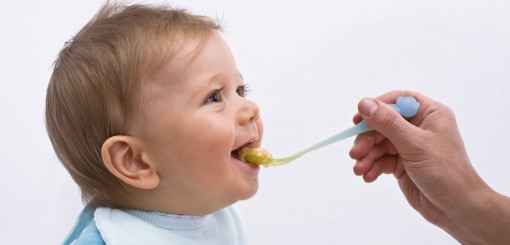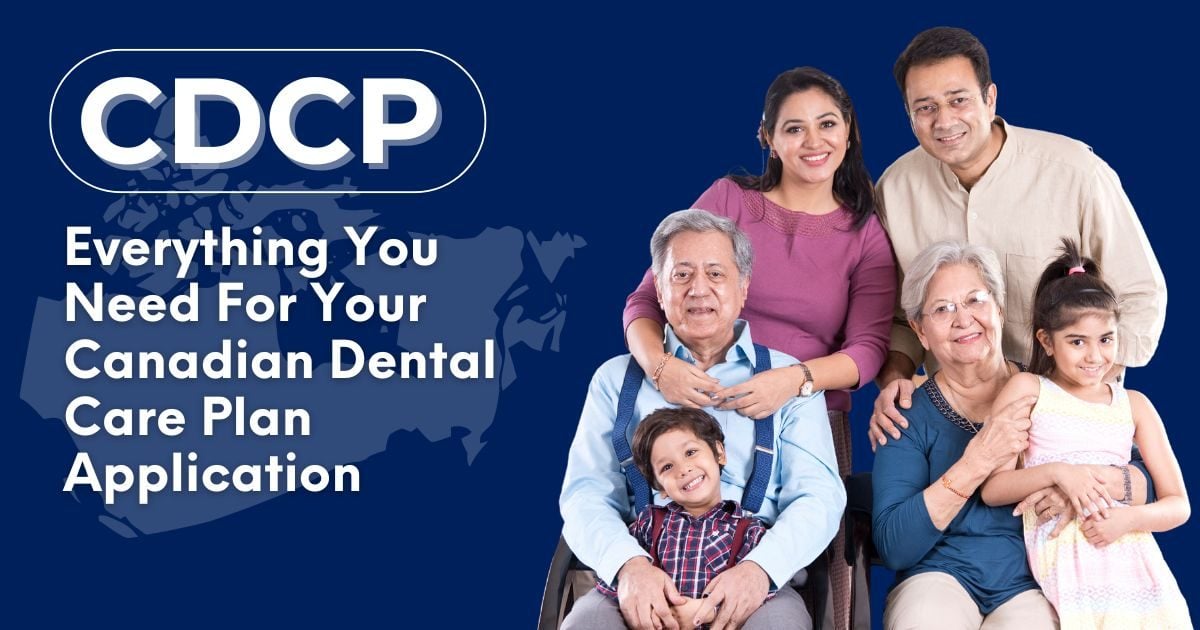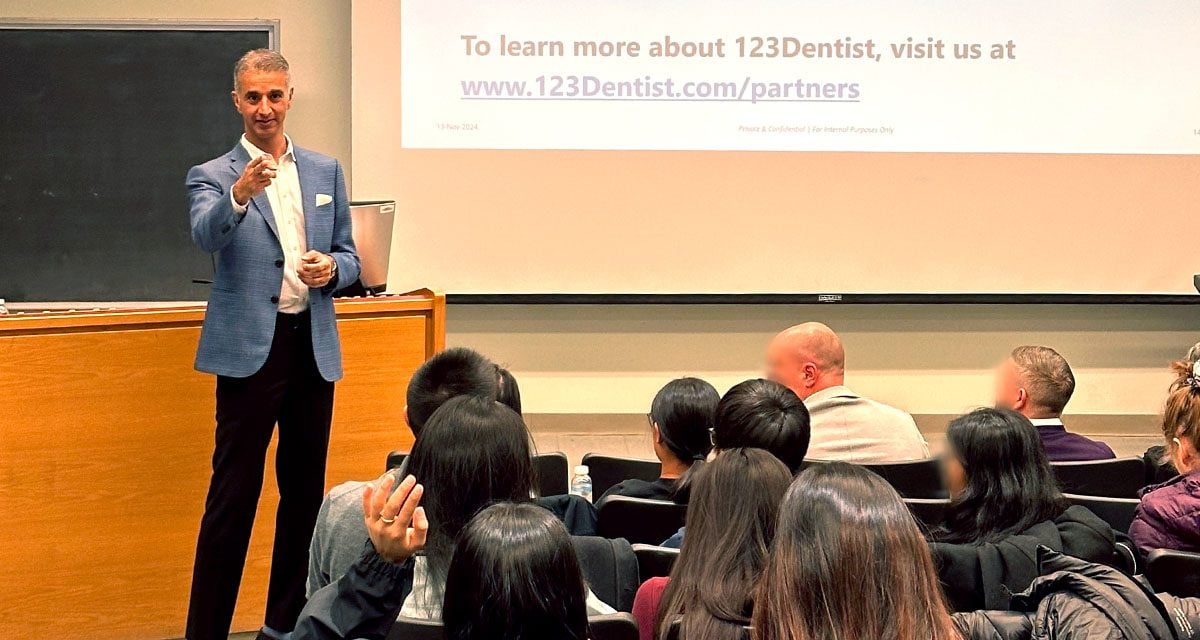The teething process starts in the womb when your baby develops teeth buds, which serve as the foundation for their first set of teeth. You can expect to see your baby’s first tooth appear anywhere between 3-15 months of age. The best way to determine when you’re baby will start to teeth is to find out when you and your partner got your first teeth. If your first tooth came in late, your baby has a higher likelihood of getting it late as well.
You’re baby’s teething process can be painful and long for both you. In order for your baby’s tooth to emerge, it has to break through the gums, which can cause your baby a lot of pain and distress.
How do I know if my baby is teething?
Some babies are lucky and don’t feel any pain during their teething process, while others may feel a lot of pain and discomfort.
Here are some symptoms that may indicate that your baby is starting their teething process. Don’t worry if your baby’s teeth come in crooked, they will straighten out over time. If your baby is under 3 months of age and show these signs, take them to their pediatrician right away.
– Drooling
– Chewing
– Lack of sleep
– Irritability
– Swollen gums
– Fever
Some babies may also experience diarrhea or develop rashes on their face when teething.
How Can I Relieve My Baby’s Pain?
– Counter pressure —make sure your hands are clean and gently massage your baby’s gums to relieve the pressure caused from their tooth erupting through the gum line.
– Chewing on teething rings or toys—some babies may choose to chew on certain objects to help relieve the pain. Teething rings or toys are a great choice as they are designed specifically for babies during their teething process.
– Application of cold—this can be done in a variety of ways. You can feed your baby cold foods, such as applesauce or yogurt, depending on their age. You can also put their teething ring in the fridge for a few moments before giving it to your baby as the cold temperature will help to temporary numb their pain.
Numbing gels are generally not recommended for teething as they could potentially harm your baby if they accidentally swallow the gel. Any teething treatments that would require you to put something around a baby’s neck are also not recommended as it may suffocate your baby.
By three years of age, your baby should have all 20 baby teeth and the teething process should be over. Then, it’s up to you to maintain their new set of healthy teeth through regular brushing and cleaning appointments.
Visit a 123Dentist location today to book your baby’s first cleaning appointment! A dentist will be happy to assess your child’s oral needs and help develop a strong oral care foundation for your child.






